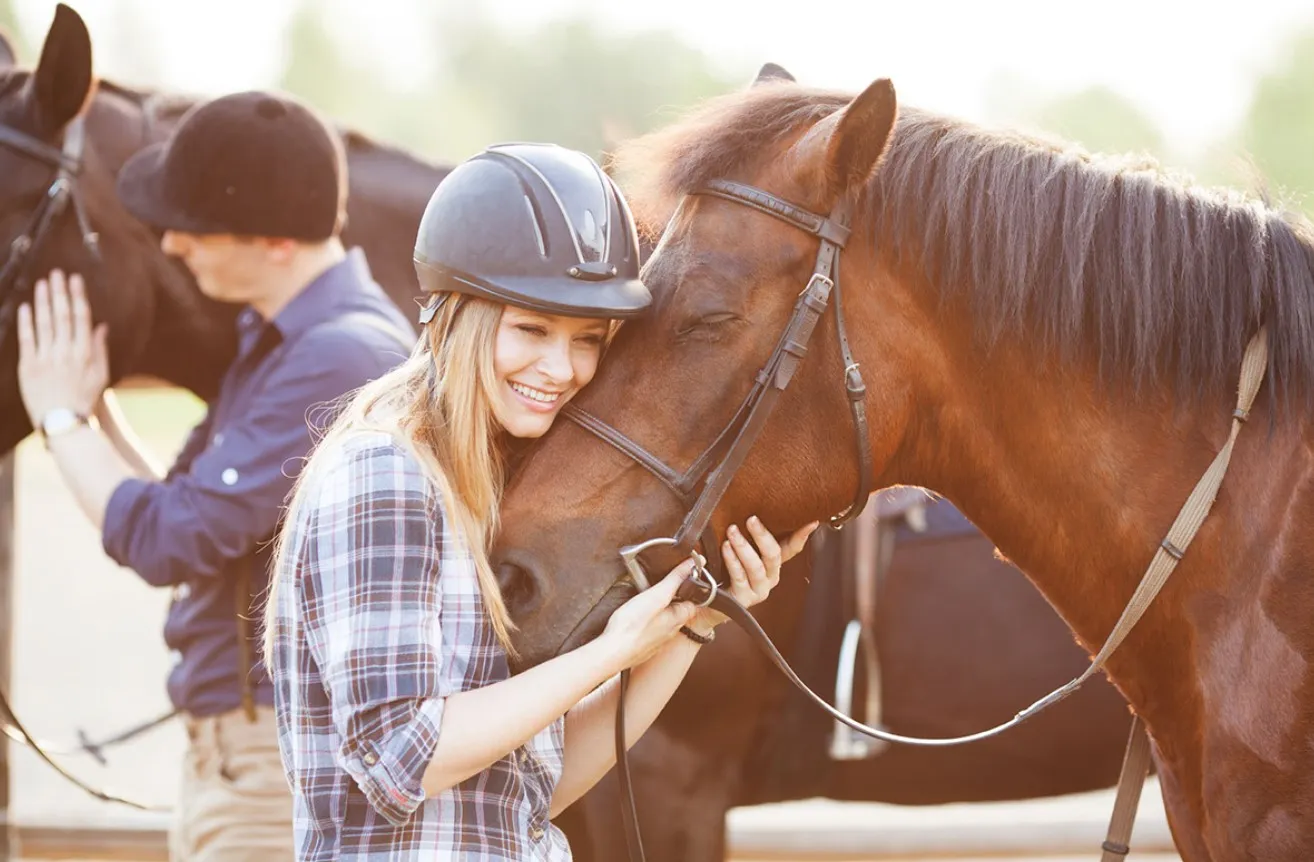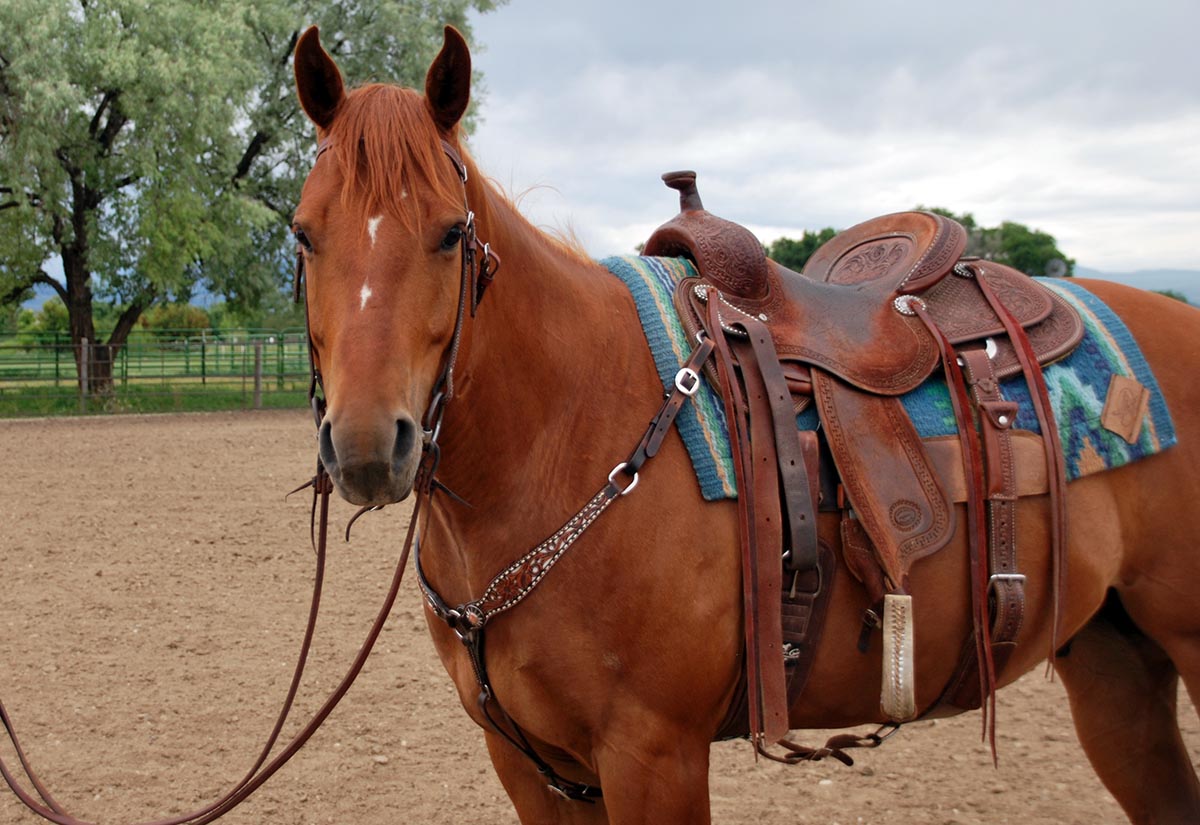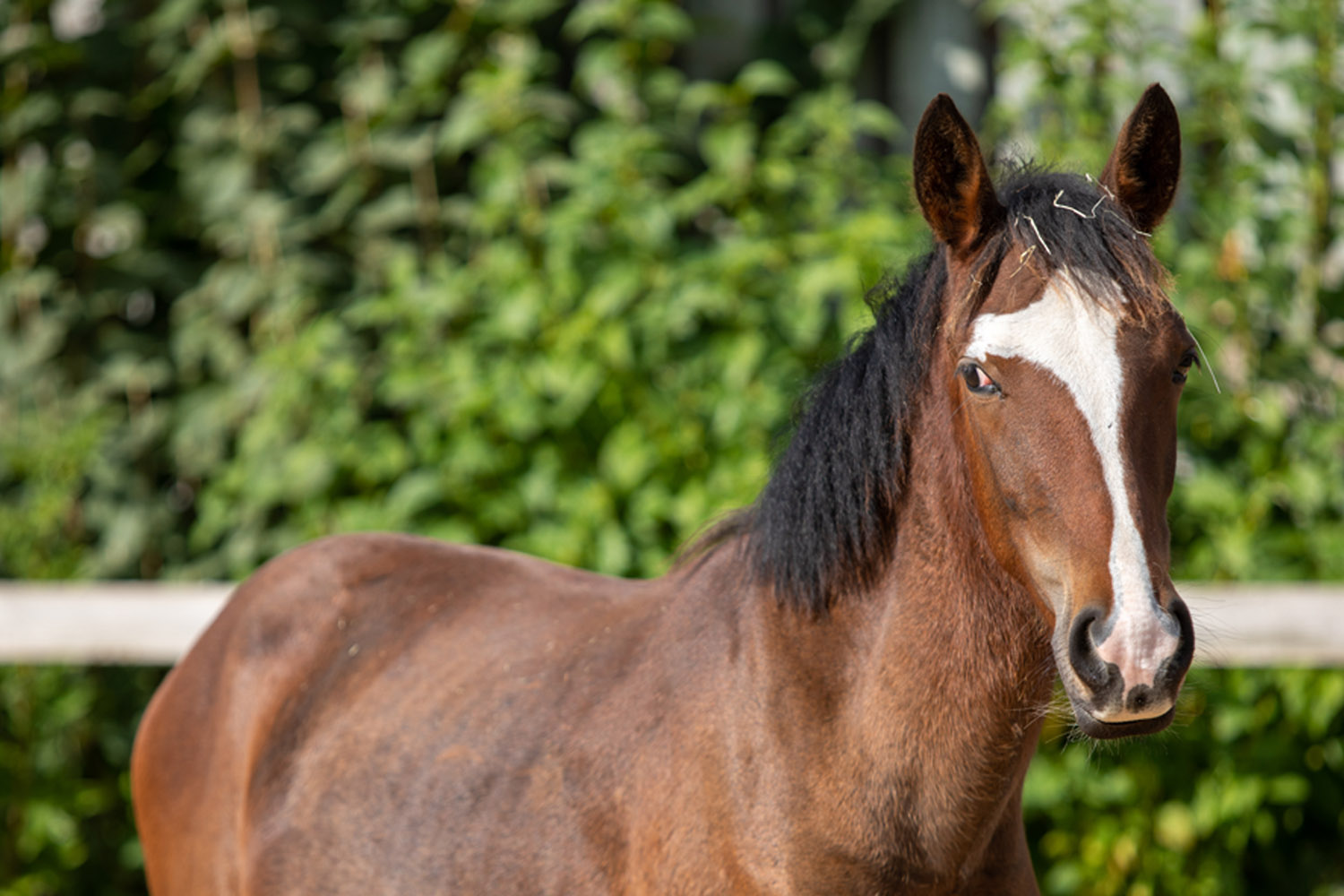Introduction to Mane Care
If you have ever walked into a stable, you must have noticed how important a horse’s mane is. The mane can be a symbol of elegance, health, and vitality. But what happens when it begins to rub out? Knowing how to stop a horse mane from rubbing out can save your horse from unnecessary discomfort and keep it looking majestic.
The mane serves not only a visual purpose but also acts as a protective barrier for the horse. Whether you’re new to owning a horse or have many years under your belt, learning about mane care is crucial. In this comprehensive guide, we will delve into various aspects of mane health to ensure your horse remains in top condition.

Understanding Mane Rubbing
Horse enthusiasts often ask, ‘Why does a horse’s mane rub out?’ The reasons vary, but largely it is due to environmental factors, skin conditions, or poor grooming habits.
Common Causes
- Environmental Factors: Elements such as wind, sun, and rain can weaken the mane.
- Skin Conditions: Allergies or infections can lead to itching and, subsequently, rubbing.
- Poor Grooming Habits: Using harsh brushes or not detangling can cause friction and breakage.
The Role of Nutrition
Your horse’s diet plays a major role in maintaining a healthy mane. Essential nutrients like biotin, omega-3 fatty acids, and vitamins contribute to hair strength and growth.
An imbalanced diet can weaken the hair and make it susceptible to breakage. For detailed horse safety tips on feeding and nutrition, visit our comprehensive nutrition guide.
Routine Grooming Practices
Regular and gentle grooming can prevent the mane from rubbing out. Use proper brushes that are soft and avoid vigorous strokes.
Proper Tools
Invest in a quality detangler to reduce knots and prevent your horse from scratching. Make use of mane-specific brushes to ensure minimal breakage.
Environmental Adjustments
Sometimes, simply altering the environment can help reduce mane rubbing. Ensure your horse’s stable is free of rough edges or protruding objects. Regularly check for any harsh surfaces that your horse may lean against.
Bedding
Soft, non-abrasive bedding can help maintain the mane and tail. Avoid using hay or straw that might stick and pull on the mane hairs. More detailed care instructions can be found on our emergency horse care page.
Skin Condition Management
Identify if allergies or parasitic infestations are a cause for hair loss. Consult a vet for accurate diagnosis and treatment solutions. If needed, apply topical solutions to soothe the skin and minimize itching.
Allergy Testing
Work with a veterinarian to do allergy tests if needed. This can help pinpoint what irritants may be in your horse’s environment or diet, causing mane irritation.
Using Protective Gear
Some horse owners use necks rugs or hoods as a protective measure. These can shield the mane from friction and harsh weather elements.
Mane Products
Use products like mane and tail conditioners that nourish the mane strands making them less likely to break. There are many great options available on the market today.
Serums and Treatments
For horses with extreme mane damage, specialized serums are available to enhance regrowth while offering a protective shield against physical wear and tear.
The Importance of Regular Check-ups
An often overlooked aspect is regular vet checks. Vets can offer insights into your horse’s health that directly or indirectly relate to a weakening mane.
Monitoring Changes
Take notes of any sudden changes in your horse’s coat and report these to your vet during routine check-ups. Early intervention can prevent further damage.
Additional Horse Mane Treatments
Beyond basic conditioners and serums, specialized treatments like biotin supplements or omega-rich oils can foster regrowth.
Alternative Methods
There are even devices available that gently massage the scalp of the horse, encouraging blood flow and improving hair growth naturally.
What to Avoid
Avoid factors that lead to stress which can manifest in ways that might cause mane damage, such as tail chewing.
Stress Factors
Keep an eye on stressful situations like new environments or changes in stable mates.
Community Wisdom
Lastly, don’t underestimate the wisdom of fellow horse owners. Joining online forums and networks can provide insights on mane health, personal experiences, and product reviews.
Online Forums
Check groups and platforms where horse enthusiasts share their journeys, discuss common problems, and offer solutions.
Frequently, some of the richest, most individualized advice comes from people who have faced the same challenges.
Conclusion: Crafting a Grooming Plan
In conclusion, knowing how to stop a horse mane from rubbing out is a blend of nutrition, environment, grooming practices, and community learning. Your horses mane can remain as lustrous and healthy as ever with a comprehensive, strategic approach.

FAQs
- What are leading causes of mane loss? Environmental factors, diet deficiencies, skin conditions, and poor grooming techniques are primary causes.
- What products should I use? Opt for mane-specific conditioners and detanglers that nourish and protect the hair.
- How often should I inspect my horse’s mane? Regular inspection should be part of the daily grooming routine, while comprehensive checks might be done during monthly vet visits.
Continued learning and adapting is another way to stay ahead of problems, so visit this maintenance guide to further your knowledge.






